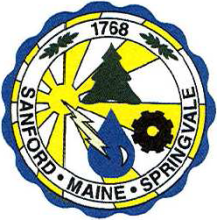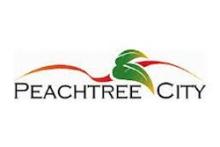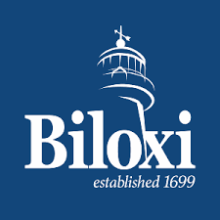Audio Available: Financing Fiber for the New Economy Conference in Lexington
At a September conference in Lexington, Kentucky, Next Century Cities (NCC) hosted an influential and diverse group of leaders from the municipal broadband arena to share their experiences as leaders in community broadband. Four audio recordings, which you can find on NCC’s website, include panel discussions on a variety of issues surrounding the topic of financing for next generation broadband.
Recording #1: “Lexington Mayor Jim Gray and the Kentucky Wired Story” and Panel Discussion “Federal Support for Broadband Projects”
The first recording begins with Lexington Mayor Gray and the city’s Chief Information Officer as they discuss their ongoing efforts to make Lexington a gigabit city. These efforts are part of a broader initiative also discussed on building a statewide 3,000 mile fiber optic ring. Several Kentucky government leaders make remarks about the project, called Kentucky Wired, including their thoughts about the public-private partnership model that is helping make the project possible.
In the second part of the recording, former Rural Utilities Service Administrator and current Vice Chair of Broadband Communities Hilda Legg, leads a panel of several experts examining funding supports and offering recommendations and next steps for communities.
Recording #2: “Achieving the Last Mile”
Our own Christopher Mitchell, the Director of the Community Broadband Networks Initiative at ILSR and the Policy Director for Next Century Cities, moderates this panel that includes officials who have led municipal broadband initiatives in their communities. These officials share some of the challenges they have faced and solutions they discovered in their efforts to finance last mile infrastructure.
Recording #3: “Exploring Options and Approaches for Broadband Financing”









